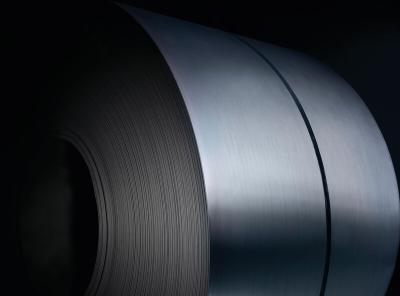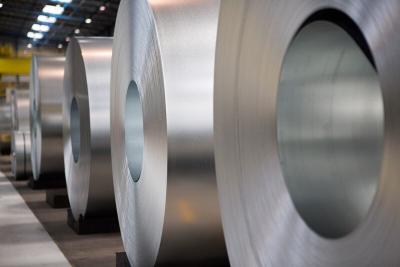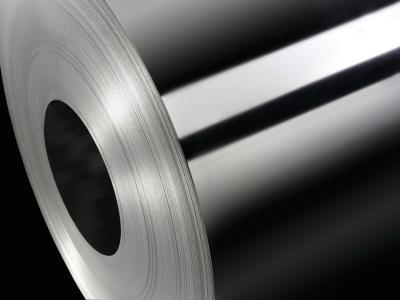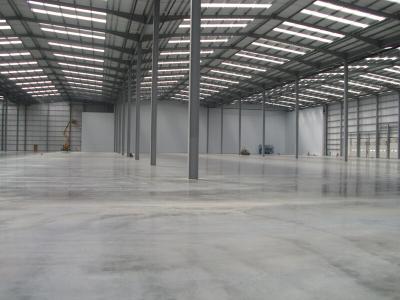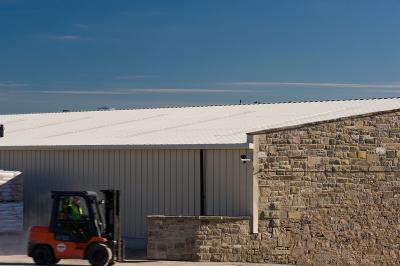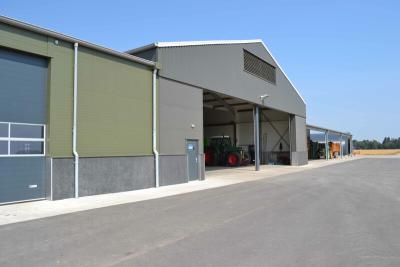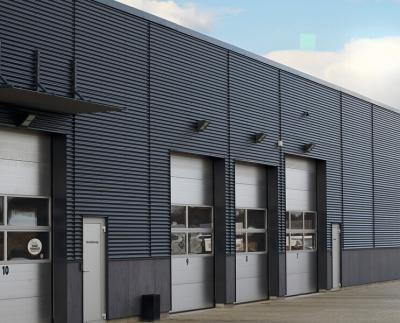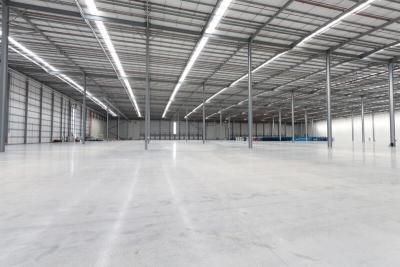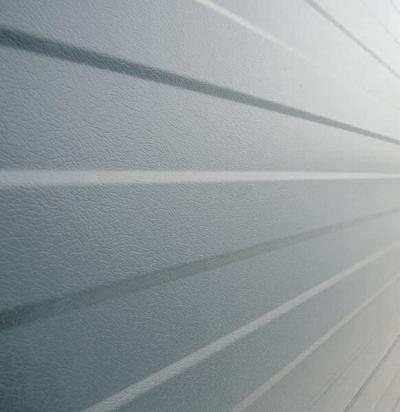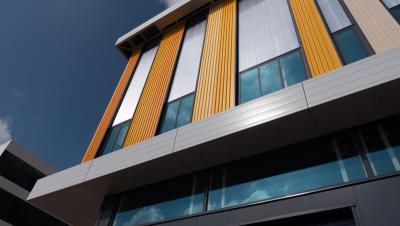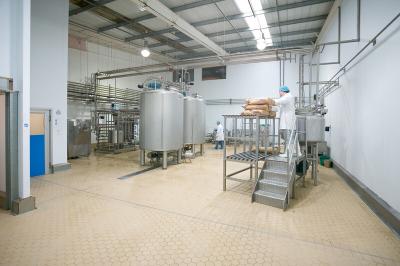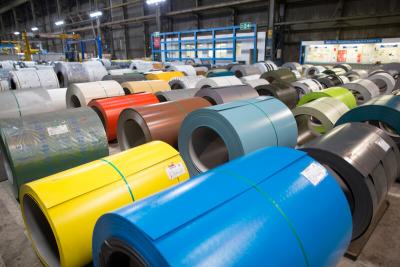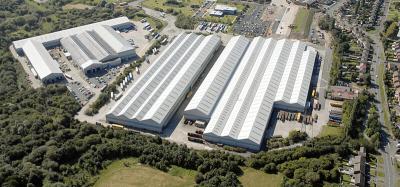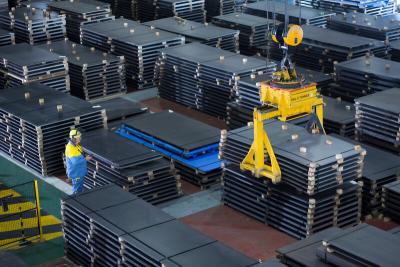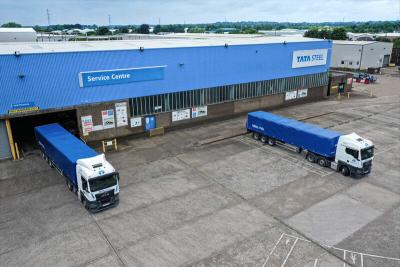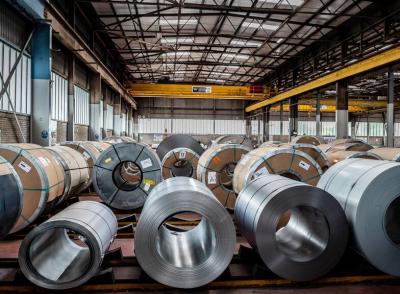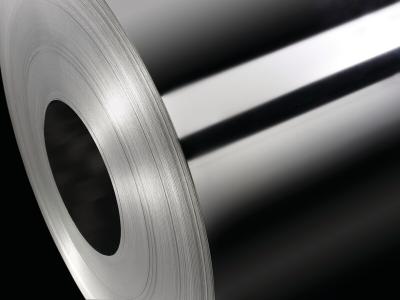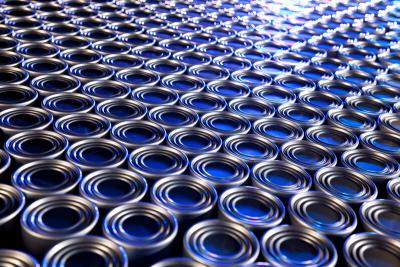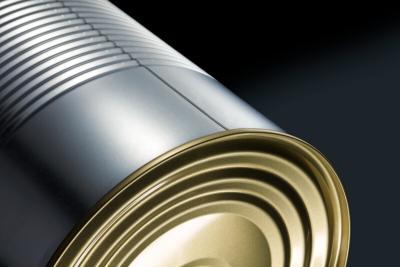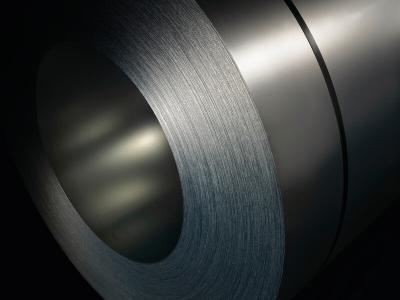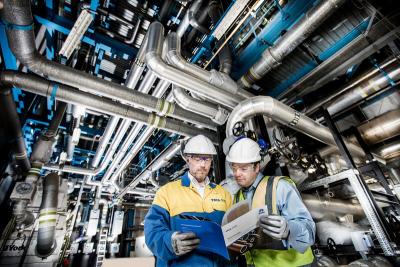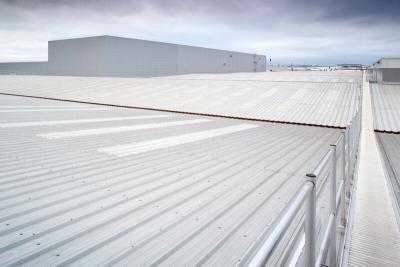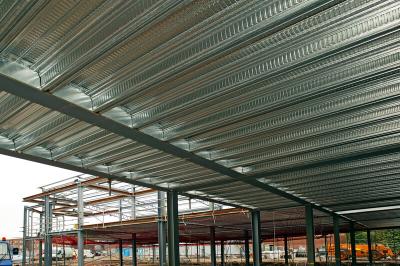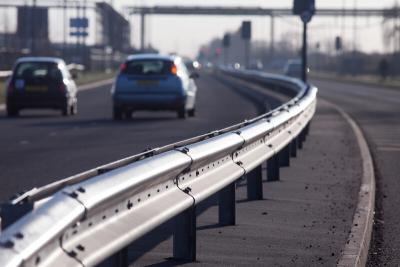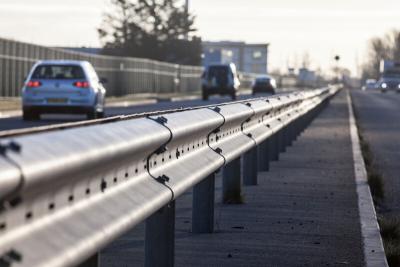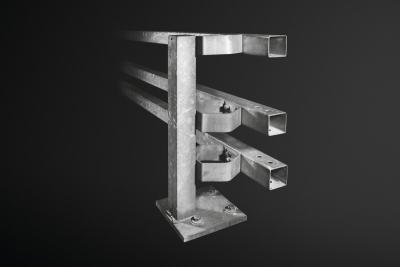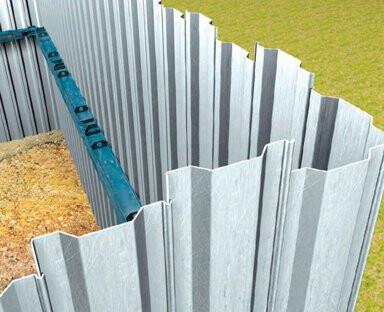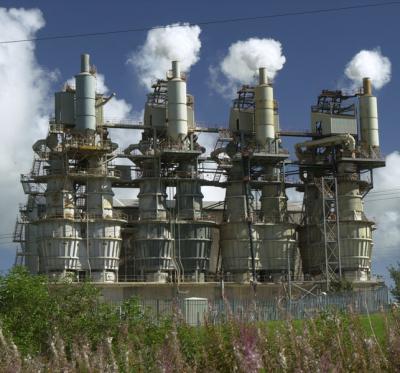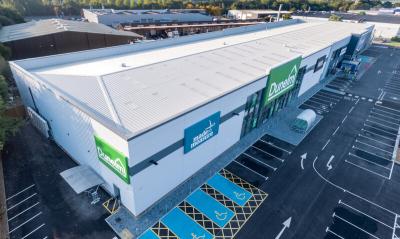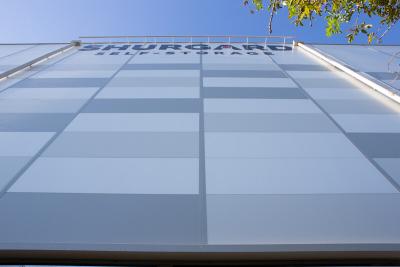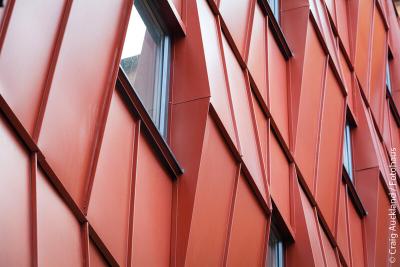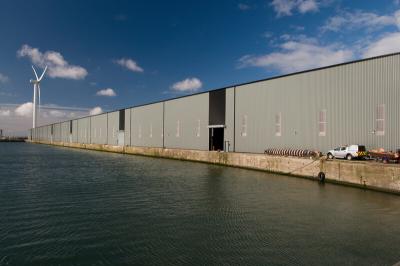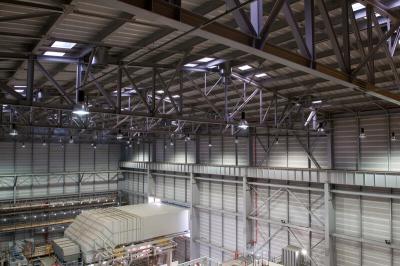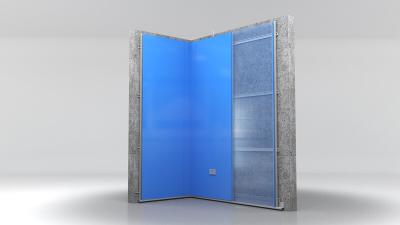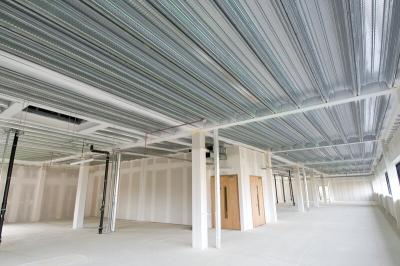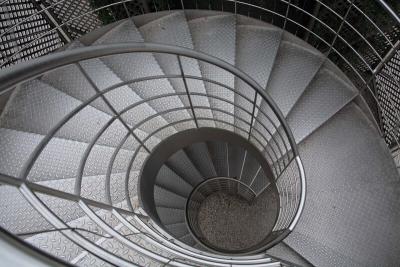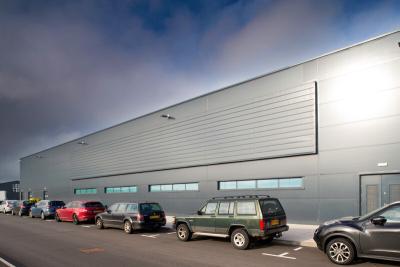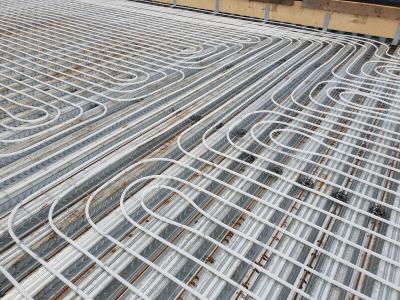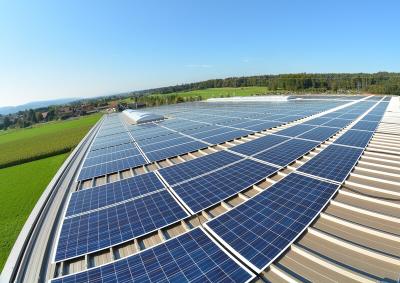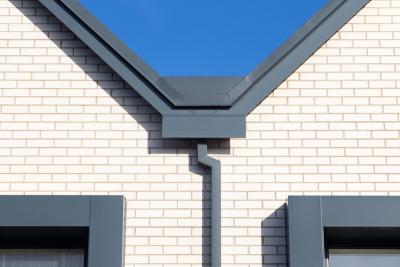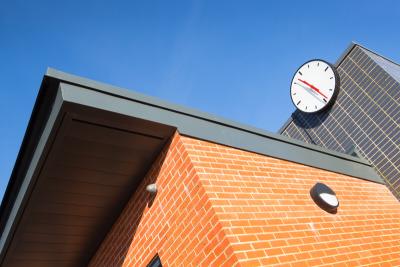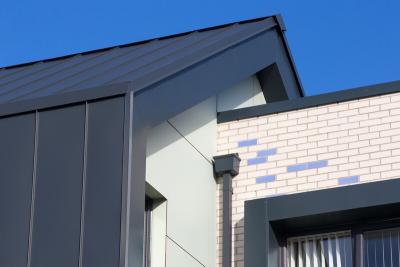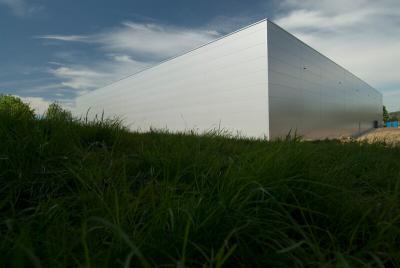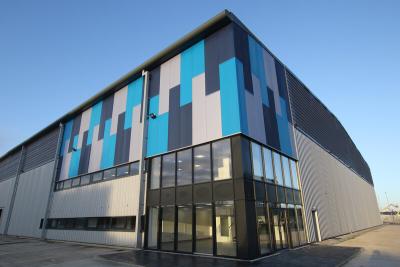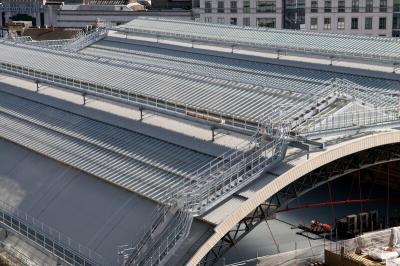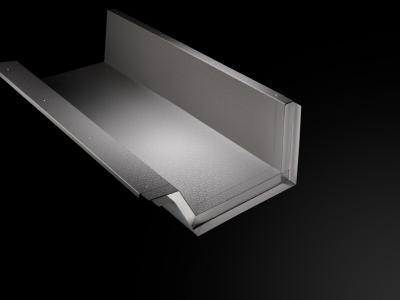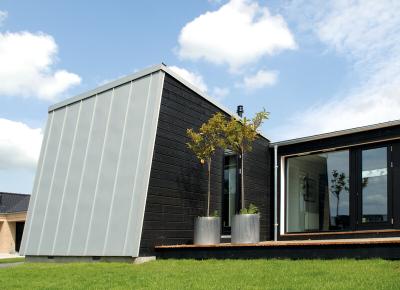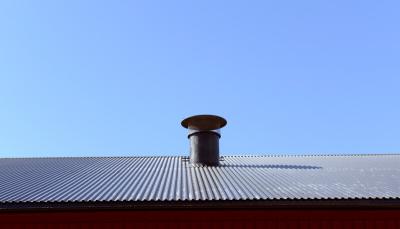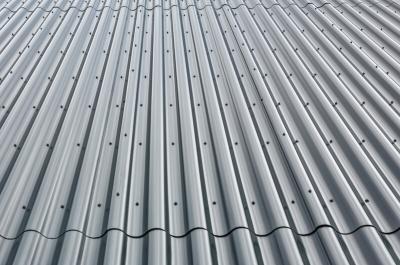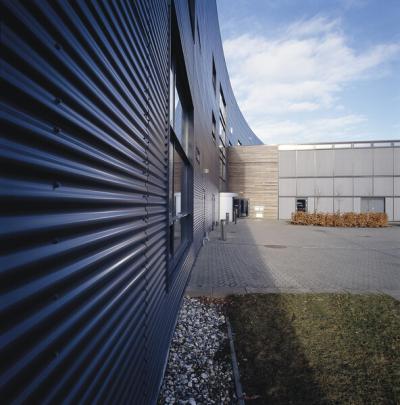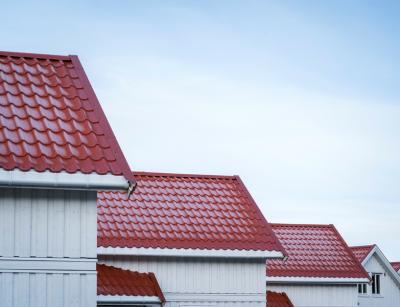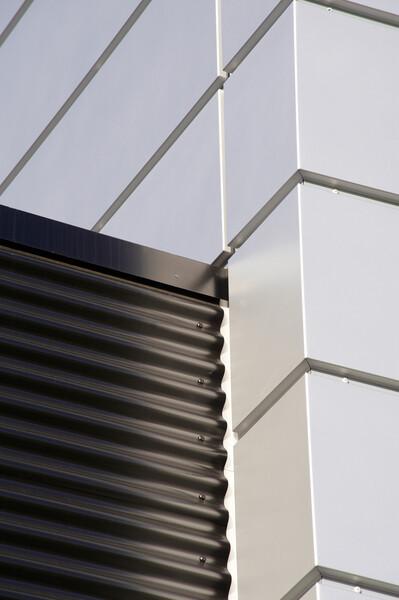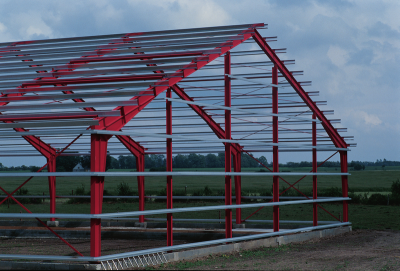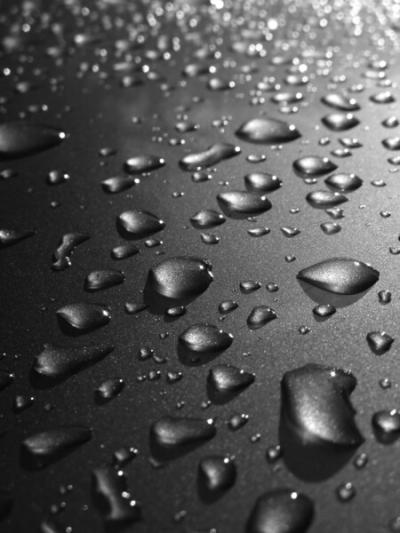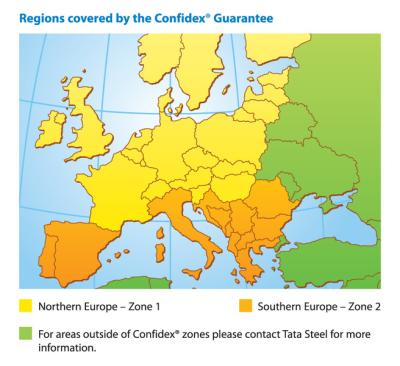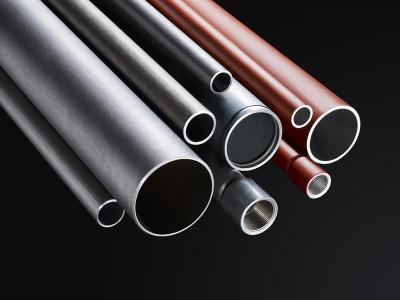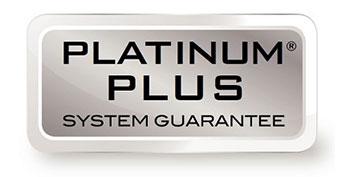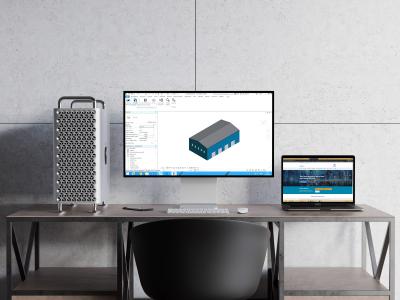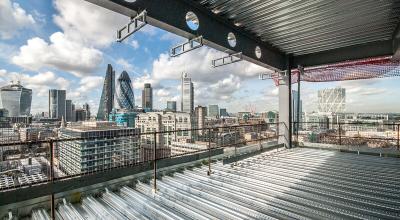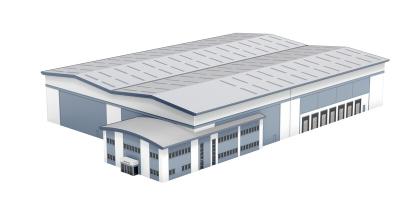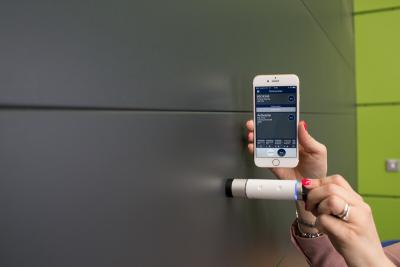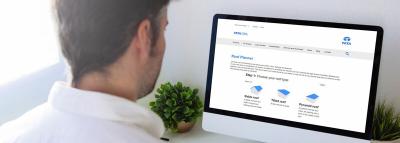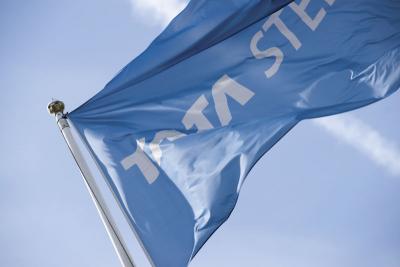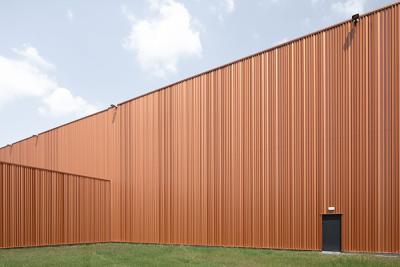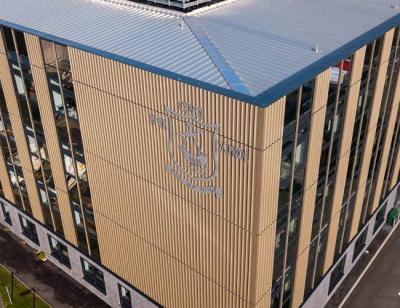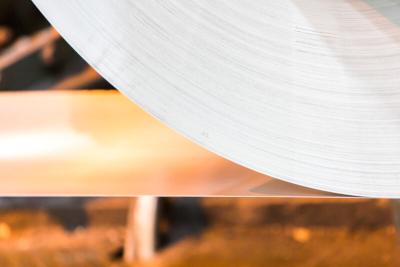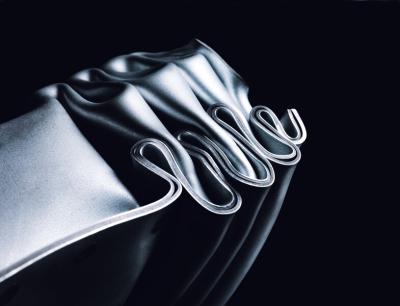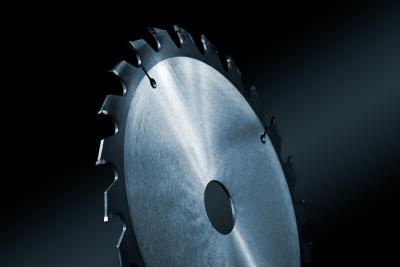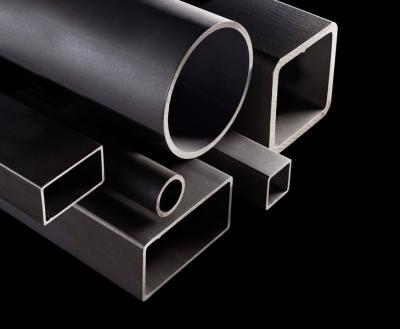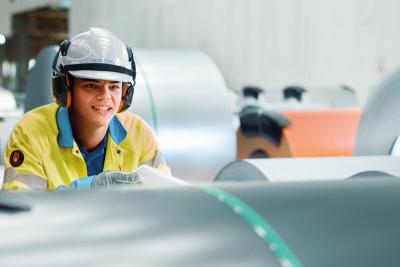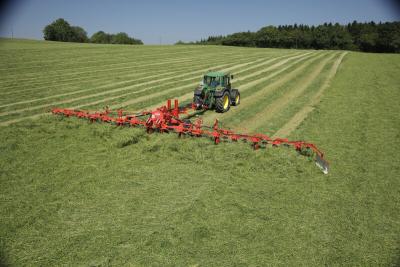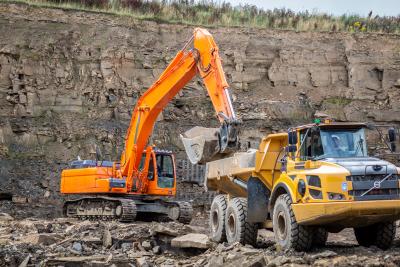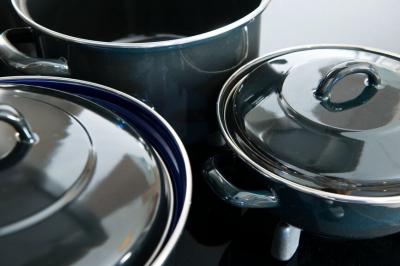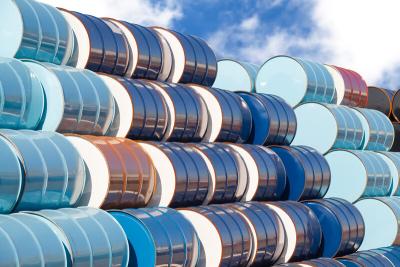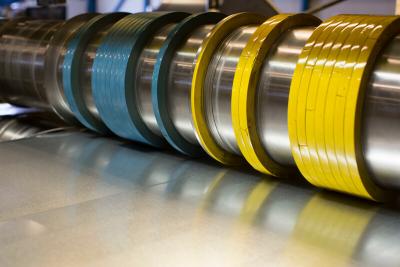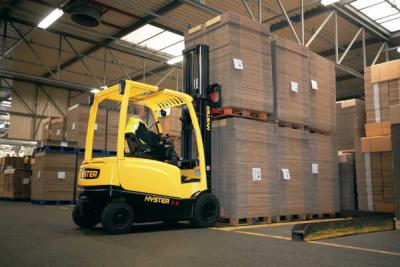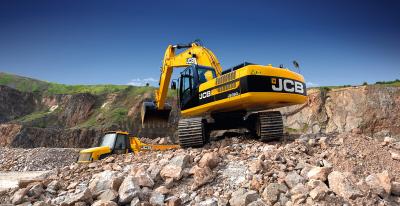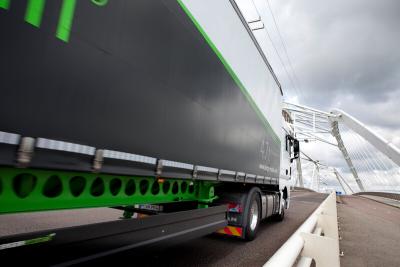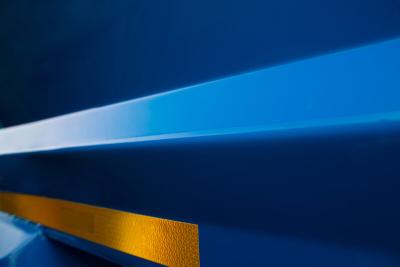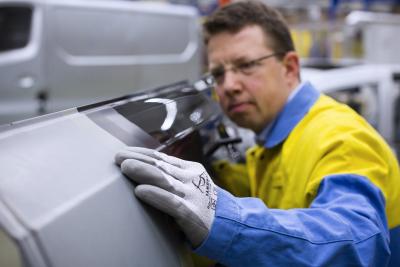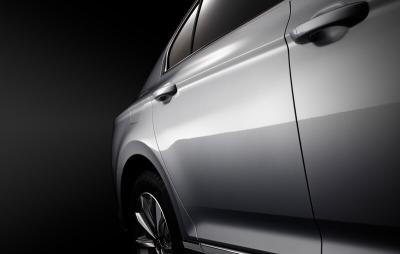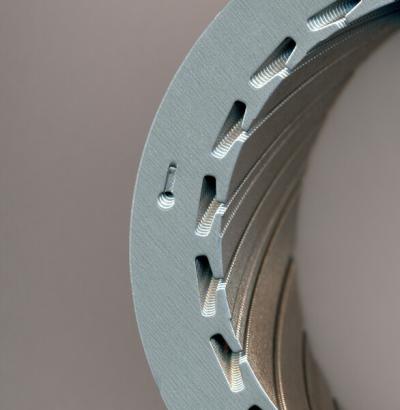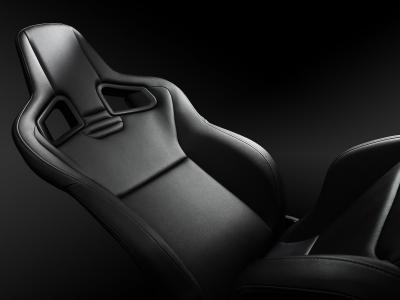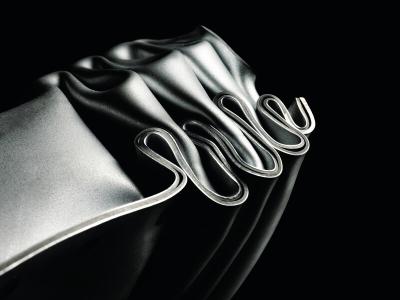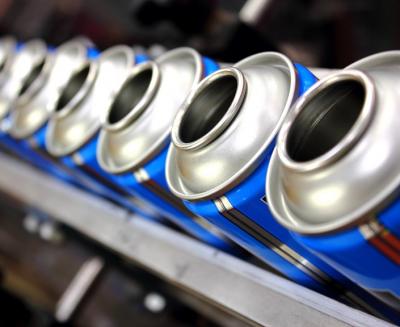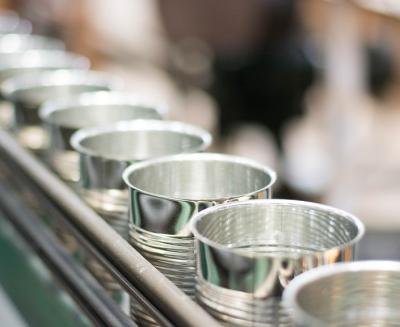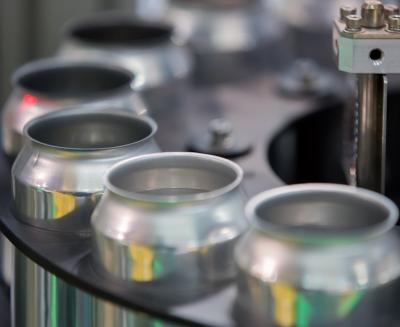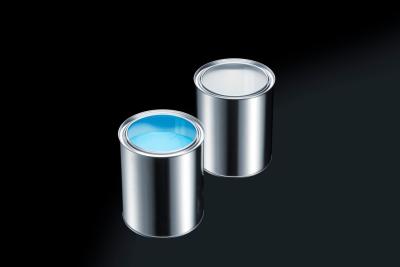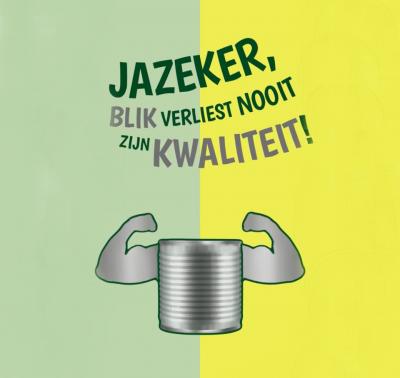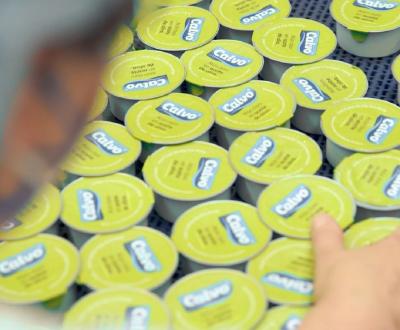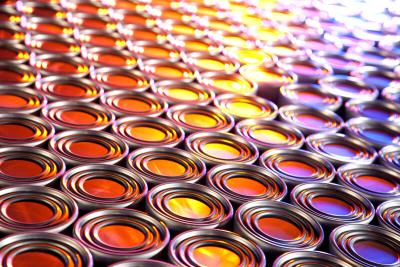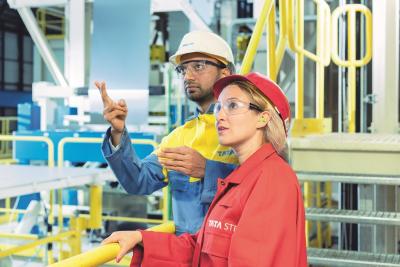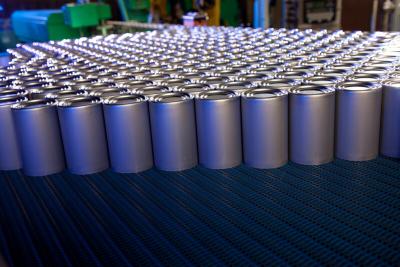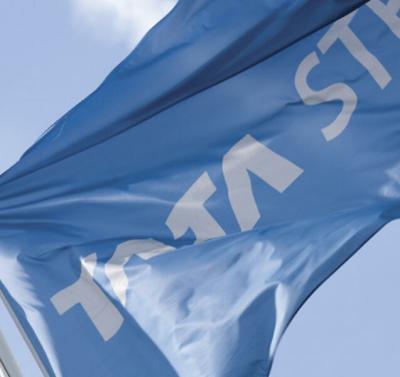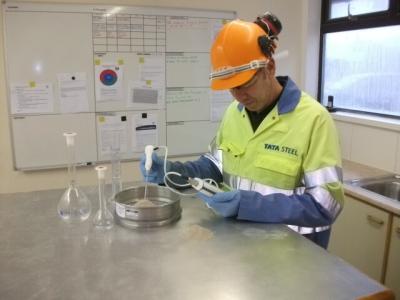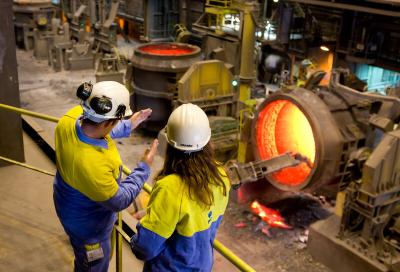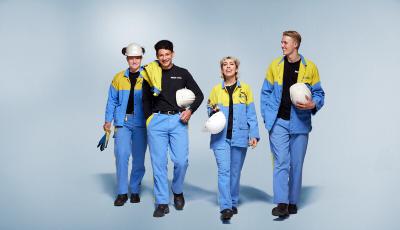Having specified the most appropriate pre-finished steel cladding system, it is important to ensure that the integrity of the cladding is maintained once it has been delivered to site.
Having specified the most appropriate pre-finished steel cladding system, it is important to ensure that the integrity of the cladding is maintained once it has been delivered to site. This will help ensure the best long-term performance in use.
Here guidance is provided on the storage and handling of cladding sheets including those delivered with a protective strippable film. There is also a reminder about the requirement to check steelwork tolerances and alignment before installation of the cladding begins.
Alignment and tolerance of steelwork
Before commencing cladding work, the alignment and tolerance of the steel work structure of the building should be checked to ensure it is within the tolerances described in the project specification, cladding system manufacturers guidelines and as given in the National Structural Steelwork Specification Guide or local regional equivalent. If it is not, panels/sheets may not fit correctly.
Protective strippable film
Although individual profilers' practice will vary, many wall cladding products are supplied with strippable film to protect them during storage and handling. Films vary in their thickness, adhesive type and opacity. The profiler will be able to advise on the optimum film for particular paint types and applications.
Upon delivery to site, protective films must not be exposed to sunlight for long periods. Polythene films and their adhesives may be susceptible to ultraviolet (UV) degradation, making it difficult to remove the film or leaving a residue which could attract dirt to the surface of the coating.
If strippable film is left in place for longer than 3 months or exposed to excessive UV and moisture then the adhesive sets and the tack increases to the point where the removal of the film becomes difficult and sometimes impossible. This can also apply to UV-opaque black films if left for long enough.
The removal of bonded film or residual adhesive can typically be carried out using WD40 or white spirit, followed by thorough washing and rinsing as with regular dirt and debris. It is important that the manufacturers specific advice on film removal is always followed.
If necessary use a suitable cleaning product, which should be tested for compatibility on a sample first or on a less visible area of cladding. It is the responsibility of the contractor or the cleaning product supplier to ensure compatibility. A soft-bristled brush can be used for particularly stubborn deposits.
There are a number of generic and proprietary products such as weak phosphoric acid solutions, WD40 etc, which have been shown to work effectively at removing certain products.
Tata Steel can take no liability for any issues caused by the use of these products and recommend that all such products are assessed locally for compatibility.
While Tata Steel can also make general suggestions such as use of a soft bristle brush, use of light pressure etc, it is the responsibility of the contractor carrying out the cleaning to apply these guidelines.
Suitability of the strippable film is down to the cladding system manufacturer and compatibility with the pre-finished steel product needs to be checked.
Storage and handling
To avoid invalidating guarantees or affecting the potential life performance of the material, products should be stored on site and transported with care and as described by the cladding system manufacturer.
Failure to observe simple but essential precautions on site can be costly. It can lead to damage, delay and expense, and may ultimately affect the long-term performance of a cladding system.
So, a number of steps should be taken to avoid such a situation:
- The site supervisor should immediately inform the supplier of any missing or damaged sheets.
- Sheets in bulk should be handled using a lifting beam in conjunction with suitable slings and spreaders, or a fork-lift truck with appropriate fork dimensions. Long sheets should be lifted using a suitable long lifting beam.
- If storage indoors is not possible, protect the sheets – particularly opened packs – with a tarpaulin or waterproof covering, which should be supported on a scaffolding frame, leaving sufficient room on all sides for air to circulate. Store the sheets off the ground on timber bearers which should be spaced no more than 900 mm apart. Bearers must be placed such that the weight is evenly distributed. Incline the stacks so that any rain which penetrates the covering will drain off. If stacked or bundled products do become wet, then separate them and wipe them dry with a clean cloth.
- Inspect the sheets at regular intervals to check for any leaks in the covering.
- Sheets should be handled carefully to avoid damage. Do not drag materials over rough surfaces or fixed sheets. Do not drag tools over sheets, and protect from swarf (metal debris).
- When carrying by hand, use appropriate Personal Protective Equipment (PPE) and carefully lift and turn sheets and carry them on their edge.
- Wherever possible, lift single sheets manually onto the roof. If a sheet has to be hoisted into position, make sure that its edges are protected and that pressure across the sheet does not distort it. Use only ropes or slings for hoisting, never chains.
Related links:
Inspection and maintenance manual
Colorcoat® site guidance
Site practice
Site preparation
Site construction
Extending durability of pre-finished steel
Mechanical damage during construction







